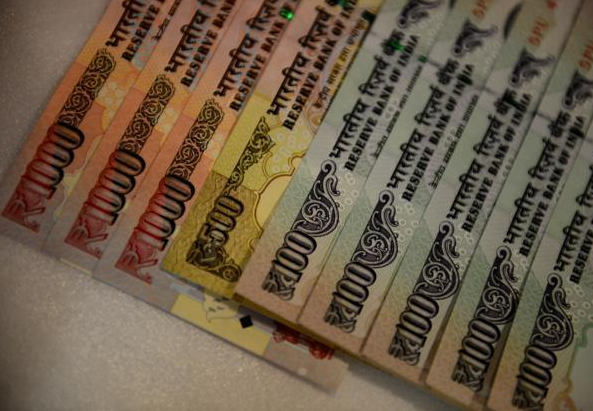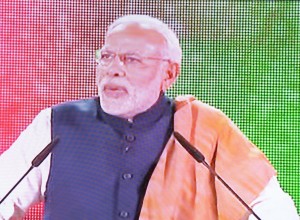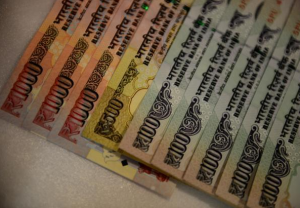
India is now the world’s fastest growing economy

India is now the World’s fastest growing large economy, with a bright future. For India to sustain growth, improvements are necessary including accelerated infrastructure investments, greater openness to foreign direct investment and consolidation and recapitalisation of public sector banks, a more stringent bankruptcy code, fast track delivery of public assistance and freedom for individual states to compete on pro-growth policies. The growing middle class will force much-needed reforms to take the country to number one economy in the world. For now, exports have fallen, credit growth has slowed down, and gross investment fell from 39 percent of the GDP in 2011-12 to 34.5 percent in 2014-15 and this needs to be stabilised. India’s economy grew at an annual rate of 7.4 percent between July and September 2015, as official figures show improving from the 7 percent rate of growth in the previous quarter, affected by higher domestic demand and increased manufacturing activity. India’s economy benefitted from a fall in commodity prices, which made the imports of gold and fuel less expensive.
According to the International Monetary Fund, India’s GDP per head (at purchasing power parity) is 11 percent of US levels, compared to China’s 25 percent, is gives way room for fast growth. Secular India after independence, the people divided by religion, caste managed to sustain world’s greatest democracy, peacefully as tolerance is the key.
India aims to attract £ 17.75bn ($25bn) of investment in natural gas and crude oil in the coming years after the sweeping reforms to its exploration and production rules. According to Dharmendra Pradhan, Minister of state for Petroleum and natural gas, the new hydrocarbon exploration and licensing policy and a liberalised gas price would help to reduce India’s heavy dependence on imported energy over the next 15 years. £28.4bn $40bn of hydrocarbons will be unlocked for production through this policy reform”. The Indian government had previously said it expected to monetise unexploited gas reserves of about 7.75tn cubic feet worth more than 319.88bn ($28bn) from future and current discoveries.

